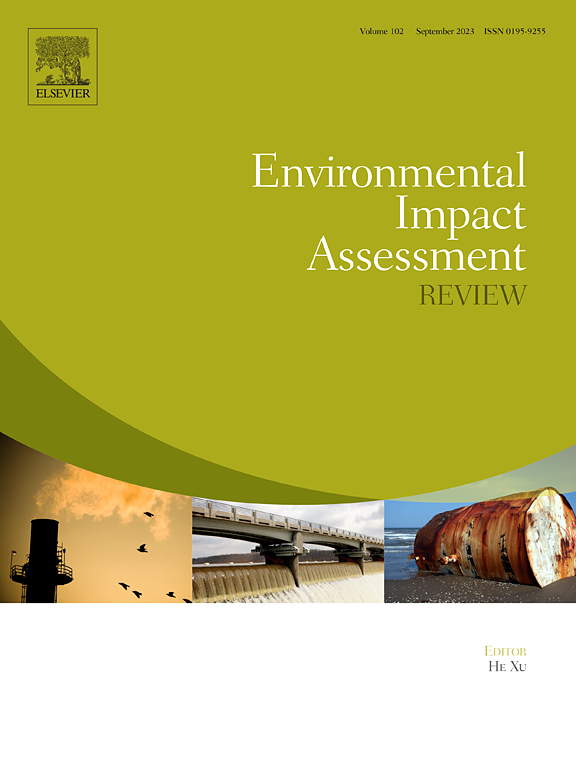Navigating sentiment dynamics in social media: The role of information characteristics in promoting green consumption across multiple domains
IF 9.8
1区 社会学
Q1 ENVIRONMENTAL STUDIES
引用次数: 0
Abstract
In the context of growing attention to environmental crises and sustainable development, the emotional expressions of social media users not only shape the formation of green consumption concepts but also facilitate the spread of related products and ideas. Understanding how information characteristics influence emotional expression and dissemination can enhance public guidance and emotional support for green consumption, thereby fostering a more effective green consumption culture. This study applies emotional contagion theory to conduct a comparative analysis of the dissemination mechanisms of emotional information across six domains: green clothing, green food, green housing, green transportation, green products, and green tourism. Using deep learning models, a cognitive-emotional evaluation framework, an extended Maslow's hierarchy of needs model, and social network analysis, the study extracts indicators such as sentiment classification, information demand hierarchy, and information presentation from textual data. These indicators are used to examine the breadth, depth, and influence of public sentiment in various green consumption networks. The results show that positive emotional information generally has a broader reach and stronger influence than neutral emotional information. Additionally, greater cognitive homogeneity tends to enhance the effectiveness of positive emotional information dissemination. The study also finds that dissemination behaviors vary across different green themes and information formats. Based on these findings, strategies for promoting positive sentiment and managing negative sentiment are proposed.
求助全文
约1分钟内获得全文
求助全文
来源期刊

Environmental Impact Assessment Review
ENVIRONMENTAL STUDIES-
CiteScore
12.60
自引率
10.10%
发文量
200
审稿时长
33 days
期刊介绍:
Environmental Impact Assessment Review is an interdisciplinary journal that serves a global audience of practitioners, policymakers, and academics involved in assessing the environmental impact of policies, projects, processes, and products. The journal focuses on innovative theory and practice in environmental impact assessment (EIA). Papers are expected to present innovative ideas, be topical, and coherent. The journal emphasizes concepts, methods, techniques, approaches, and systems related to EIA theory and practice.
 求助内容:
求助内容: 应助结果提醒方式:
应助结果提醒方式:


